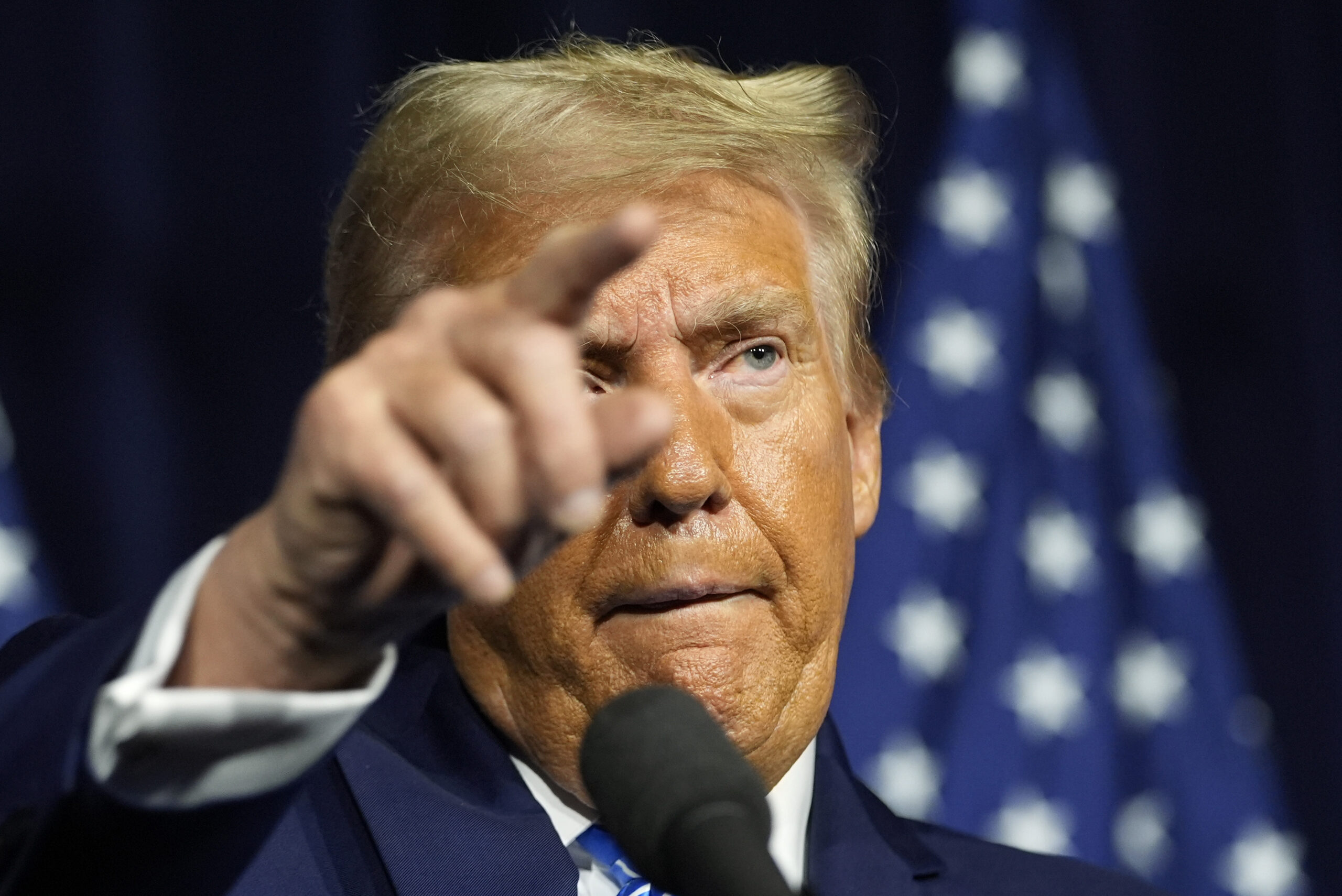In a bold move that’s stirring up the immigration debate, former President Donald Trump has set his sights on Springfield, Ohio. His latest campaign promise? To revoke Temporary Protected Status (TPS) and deport Haitian migrants from the heartland. But what’s really going on in Springfield, and why has it become ground zero for Trump’s immigration rhetoric?
The Springfield Situation: Haitian Migrants in the Midwest
Springfield, Ohio, might seem like an unlikely focal point for a national immigration debate. But with approximately 15,000 Haitian migrants calling it home, it’s become a lightning rod for political discourse. How did this Midwestern city become a microcosm of America’s migration crisis?
These Haitian newcomers have been living under TPS, a program that allows migrants to stay in the U.S. when their home countries are deemed unsafe. But Trump’s not having it. In his words, “You have to remove the people; we cannot destroy our country.” Strong words, but are they based on facts or fear?
Trump’s TPS Takedown: Promises and Controversies
The GOP presidential nominee isn’t mincing words. “Absolutely I’d revoke it and I’d bring them back to their country,” Trump declared in a recent interview. But his campaign’s focus on Springfield hasn’t been without controversy:
- False claims about migrants eating pets sparked bomb threats against local schools
- Trump’s running mate, JD Vance, amplified misinformation on social media
- Critics argue the rhetoric is causing unnecessary community tension
Is this just campaign trail talk, or a genuine preview of potential U.S. immigration policy under a second Trump administration?
The Bigger Picture: TPS and U.S. Immigration Policy
Trump’s focus on Springfield is part of a larger debate about TPS and immigration policy. Did you know there are over 860,000 people in the U.S. with temporary protected status? That’s according to the American Immigration Council. Trump’s stance raises questions:
- What would mass revocation of TPS mean for communities across America?
- How would it impact the 16 countries whose citizens currently have TPS in the U.S.?
- Is this a viable solution to address immigration concerns, or a political gambit?
Political Fallout: Reactions and Repercussions
Trump’s Springfield strategy isn’t sitting well with everyone. Vice President Kamala Harris has called for an end to the rhetoric, saying it’s deeply troubling to many Americans. Even some of Trump’s allies worry he’s lost focus by zeroing in on this community.
But JD Vance is doubling down, vowing to “keep on talking about what the migrants have done to Springfield.” The question is: will this approach resonate with voters or backfire?
What’s Next for Springfield and America’s Immigration Debate?
As the presidential campaign heats up, Springfield, Ohio, finds itself at the center of a national conversation about immigration, community, and American values. Trump’s promises to revoke TPS and deport Haitian migrants have raised the stakes.
Will this hardline stance on immigration policy shape the GOP’s platform? How will it impact communities with significant migrant populations? As America grapples with these questions, one thing’s for sure: the eyes of the nation are on Springfield, and the debate is far from over.

